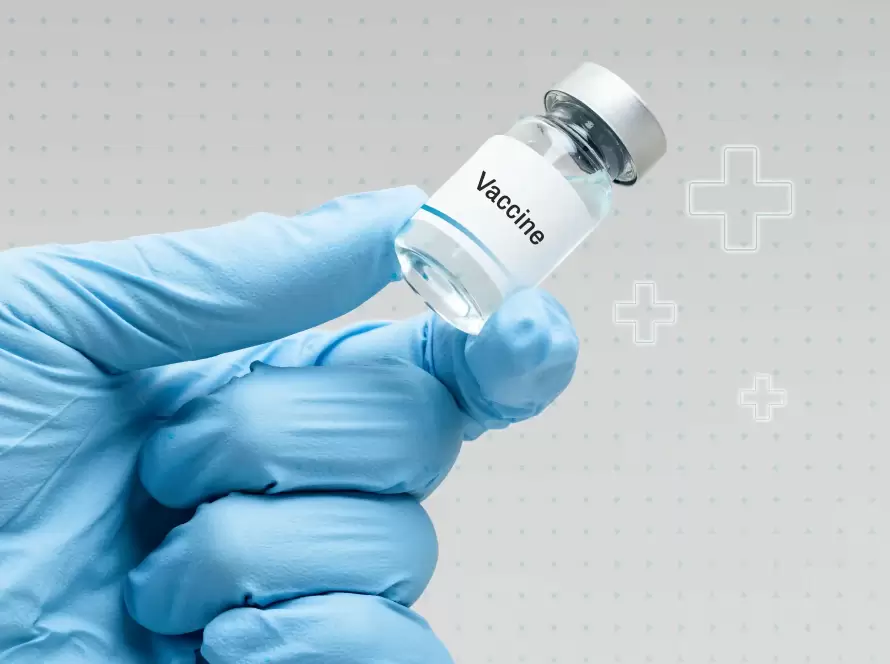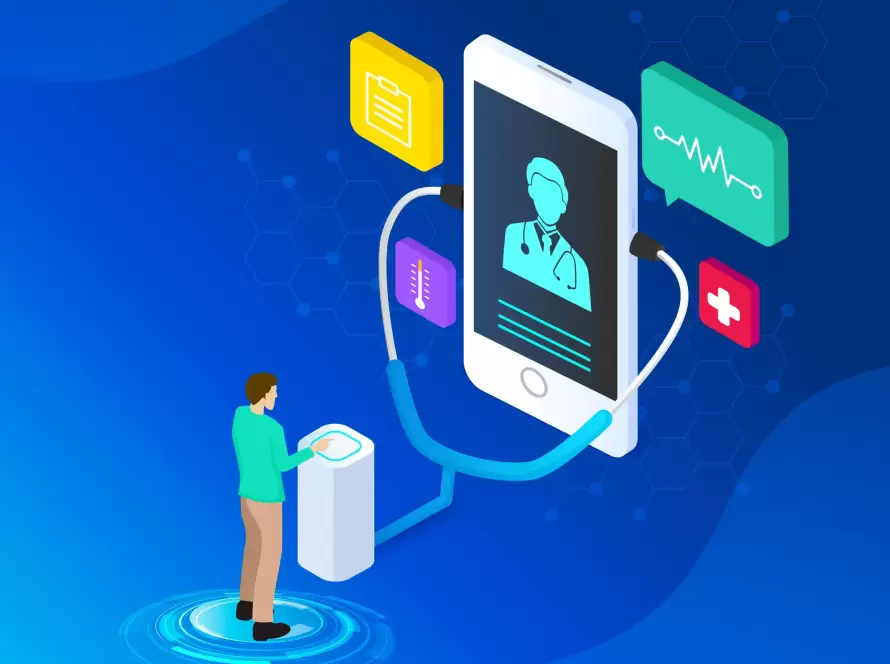Novel and Innovative Drug Development involves several stakeholders and a talent pool from multiple and varied disciplines. It also involves partnering with various collaborators that fast-track new drug development processes and are equipped for quick turnaround timelines. It also involves discussing and seeking advice from the regulatory authorities that can help in the drug approval process. In the United States, the drug development and approval process normally involves multiple steps, each of which is regulated by the Food and Drug Administration (FDA). The drug development process involves several steps, and it is possible to get advice from the US FDA for the next planned development steps.
Following is a more thorough explanation of the procedure:
- Discovery and Preclinical Research: During this stage, scientists identify novel drug molecules and test them in laboratories and on animals to determine their safety and efficacy. If a compound demonstrates potential, it may progress to the next level.
- Investigational New Drug (IND) Application: Before evaluating a novel drug in humans, the drug sponsor (Typically pharmaceutical manufacturers) must file an IND application with the FDA. The application contains details on the drug’s composition, manufacturing procedure, and preclinical data.
- Clinical trials: Clinical trials entail evaluating a drug in humans to establish its safety and efficacy. These steps of a clinical trial are often divided into three stages:
- Phase 1 of clinical trial: In Phase 1 of clinical trial, less than 100 healthy volunteers will assist researchers in evaluating the safety and pharmacokinetics, absorption, metabolism, and elimination impacts on the body, as well as any side effects for safe dosage ranges, during this phase, which is the first time the medicine is tested on humans.
- Phase 2 of clinical trial: Phase 2 evaluates the safety and effectiveness of the medication in an additional 100–500 patients, some of whom may also receive a standard medication or a placebo. While adverse events and risks are being recorded, schedules are made with the aid of an analysis of the optimal dose strength. Phase 2 of clinical trial involves the patient population for the intended therapeutic indication. The efficacy and safety of the new drug are explored in this phase. Phase 2 of clinical trial are also known as (exploratory trials).
- Phase 3 of Clinical Trial: A Phase 3 of clinical trial study, also called a (confirmatory clinical trial) is conducted on a large number of patients. It is conducted as multinational studies in patients ranging from 3,000-5,000 or more. Phase 3 of clinical trial studies are carried out for the intended therapeutic indication in a large pool of patients to confirm the efficacy and safety of the new drug. A successful phase 3 of clinical trial study is important for regulatory approval.
Therefore, all clinical trials must comply with the norms of Good Clinical Practices (GCP), the Health Insurance Portability and Accountability Act (HIPAA), and adverse event reporting to IEC/IRB control to guarantee the safety of human subjects during clinical trials.
4. New Drug Application (NDA): Following the completion of clinical trials, the drug sponsor submits an NDA to the FDA. The NDA contains information regarding the drug’s production, labelling, and recommended usage, as well as information gathered from clinical trials.
5. Food and Drug Administration (FDA) Review: The Center for Drug Evaluation and Research (CDER) is an important organisation at the US FDA that performs essential public health tasks. The center is involved in making sure that safe and effective medicines are available on the market to improve people’s health. CDER is involved in the review of the NDA and the decision on its approval status.
6. Post-Market Surveillance: After a drug is approved, it is mandatory for the product licensee holder to conduct post-market surveillance to ensure the long-term safety and efficacy of the new drug in real-world clinical settings. This includes monitoring adverse drug reactions and, if necessary, conducting additional trials.
In a nutshell, it takes between 12 and 15 years for a novel drug to get approved in the USA. It is crucial to remember that drug development is a time-consuming and costly process, frequently lasting more than a decade and costing billions of dollars. The FDA approval procedure, on the other hand, helps guarantee that pharmaceuticals are safe and beneficial for patients.


